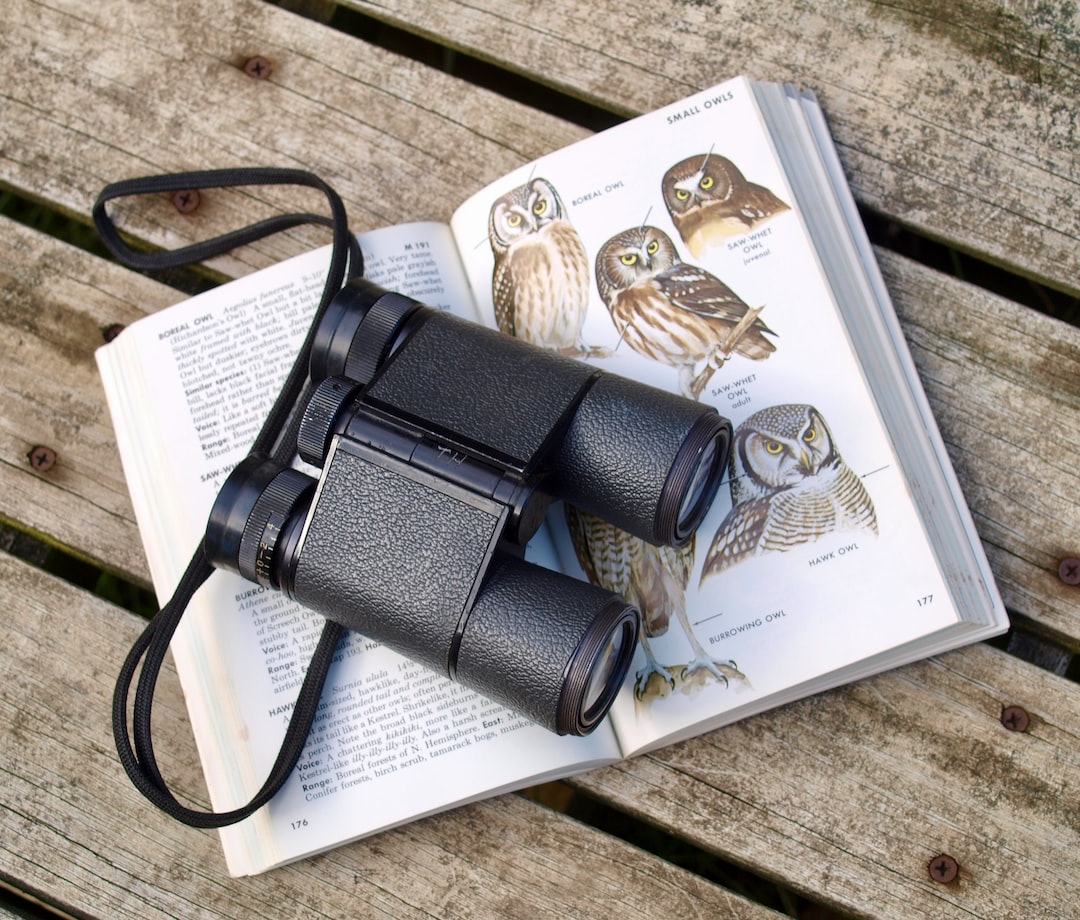A Guide to Starting your Own Indoor Herb Garden
In recent years, the popularity of indoor herb gardens has soared, driven by our increasing desire to have fresh and healthy ingredients readily available in our own homes. Whether you have a spacious balcony or a tiny windowsill, starting your own indoor herb garden is an easy and rewarding way to add a touch of greenery to your living space, while also enhancing your culinary creations. In this guide, we will take you through the essential steps to kickstart your indoor herb garden journey.
1. Choose the Right Location
Before getting started with your indoor herb garden, it’s crucial to select the right location. Most herbs thrive in sunlight, so opt for a spot that receives at least 4-6 hours of direct sunlight per day. It could be a sunny windowsill, a kitchen countertop, or even a designated area in your living room. Additionally, ensure that the spot is easily accessible, allowing you to tend to your herbs regularly.
2. Select the Right Herbs
Once you have determined the ideal location for your indoor herb garden, it’s time to choose which herbs to grow. Consider the herbs that you use frequently in your cooking and start with a few core varieties such as basil, mint, parsley, and rosemary. These herbs are known for their versatility, culinary value, and resilience in indoor conditions. As you gain experience, you can expand your collection to include more exotic herbs.
3. Pick the Suitable Containers
Choosing the right containers is crucial for the success of your indoor herb garden. Ensure that the containers have good drainage holes at the bottom to prevent waterlogging and root rot. Ideal containers are made of terracotta, ceramic, or plastic, as they retain moisture while allowing for proper air circulation. Make sure these containers are deep enough to accommodate the roots and provide room for growth.
4. Arrange the Necessary Supplies
Before planting your herbs, gather the necessary supplies. These include potting soil, organic fertilizer, small pebbles or stones for drainage, and a trowel or small shovel. Also, consider adding a tray or saucer underneath the containers to catch excess water and prevent any mess.
5. Planting and Care
Now it’s time to get your hands dirty! Start by placing a layer of small pebbles at the bottom of each container to aid drainage. Fill the containers with potting soil, leaving enough space at the top for watering. Gently remove the herbs from their original pots, loosen the roots, and plant them in individual containers. Firmly press the soil around each herb to ensure stability.
After planting, watering is essential for the herbs’ growth. Water the herbs when the top inch of soil feels dry, but be careful not to overwater. Each herb has different watering needs, so it’s essential to learn about your selected herbs’ specific requirements. Additionally, regularly trim and harvest the herbs to promote their growth and maintain their flavor.
6. Provide Adequate Lighting
While herbs require sunlight, supplementing natural light with artificial lighting is often necessary, especially during winter months or if your home lacks sufficient exposure to sunlight. You can use fluorescent lights or LED grow lights, placing them a few inches above the herbs. Ensure they are on for 12-16 hours a day, simulating the sunlight they need to grow healthy.
7. Prevent Pests and Diseases
Like any garden, indoor herb gardens are not immune to pests and diseases. To prevent infestations, regularly inspect your plants for signs of insects or molds. If you notice any issues, address them promptly with appropriate organic methods such as neem oil or insecticidal soap. Keeping your herbs in optimal health and maintaining good airflow around them can also discourage pests and diseases.
8. Enjoy the Bountiful Harvest
As your indoor herb garden flourishes, it’s time to enjoy the fruits of your labor. Harvest the herbs when they have reached a sufficient height and are bushy enough to allow continuous growth. Remember to use sharp scissors or pruning shears to avoid damaging the plants and only harvest the amount you need, allowing them to regenerate.
Freshly picked herbs will add an aromatic touch to your recipes, elevating the taste of your culinary creations. You can also dry the excess herbs for future use or give them as thoughtful gifts to friends and family.
Starting your own indoor herb garden is a satisfying and enriching endeavor. Not only will it provide you with a steady supply of fresh and flavorful herbs, but it will also enhance the aesthetic appeal of your home. So, choose a sunny spot, gather your supplies, and begin your indoor herb garden journey today. Happy growing!

